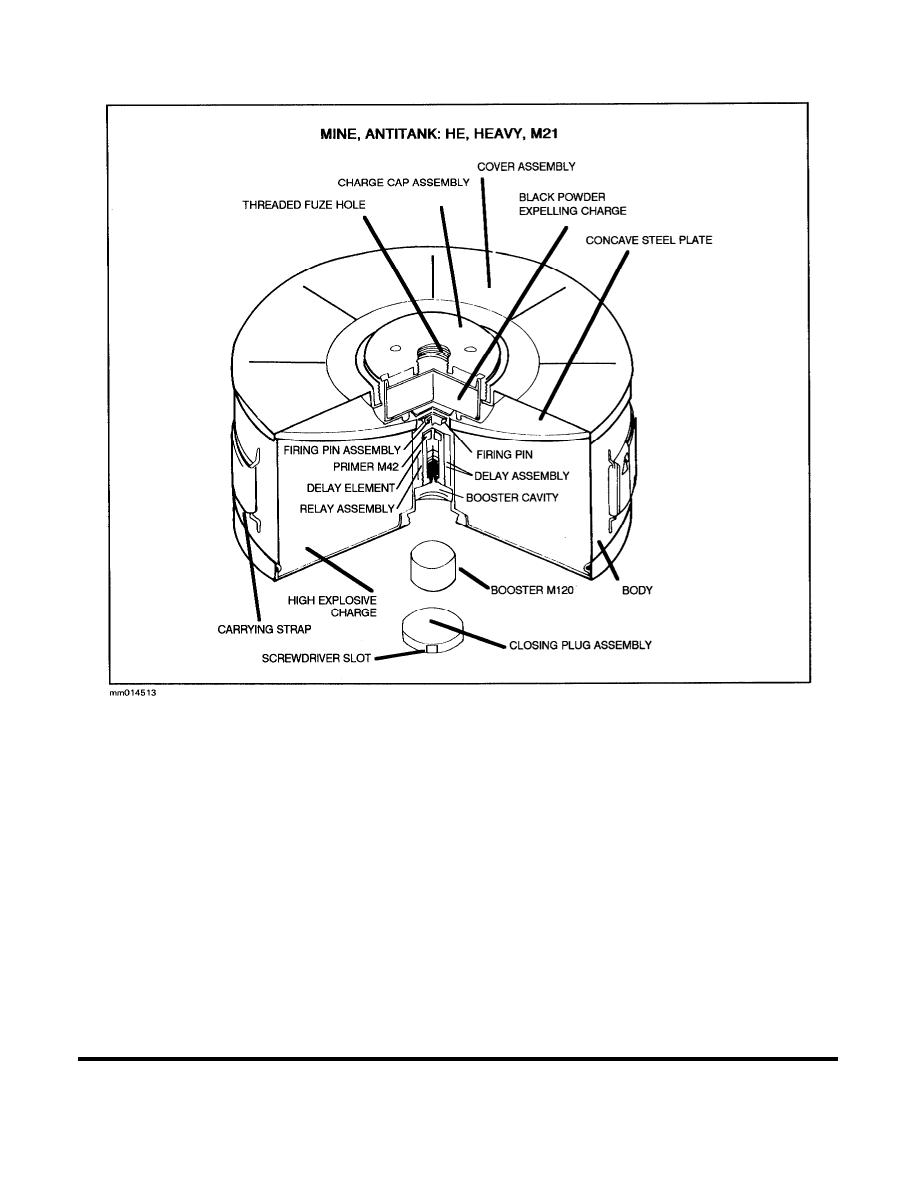
Figure 2-9 continued. Antitank/anti-vehicular mines.
The M19 mine and the fuze it uses are constructed almost entirely of plastic. This means that it is non-detectable
to metallic-mine detectors. This mine uses one internal fuze and two activator wells (one on the side and one on
the bottom) for booby-trapping. The fuze is manually armed, and requires 300 to 500 pounds of direct pressure to
function. Its color code is an olive-drab body with yellow markings. The DODIC for the M19 is K250.
The ground-burst M75 mine is emplaced only by the ground vehicle, mine dispenser, M128. It may be used in
mixed mine fields, and is constructed of metal. It has an internal fuze that is partially armed through the
emplacement process. The mine is fully armed approximately 60 seconds after being emplaced. It will function if
a vehicle passes over it, if it is physically disturbed, if the self-destruct time expires, or if its battery power runs
down. Its color code is a green (not olive-drab) body with black markings. The DODIC for the M75 is K184.
The M21 is a cylindrical metal mine. This mine has a single internal fuze with a dual-function capability. It can be
fuzed with or without a fuze extension rod. If the rod is used, the fuze will function when a horizontal force of
greater than 3.75 pounds is applied. If the rod is not used, a direct force of 290 pounds is required to function the
fuze. Its color code is an olive-drab body with yellow markings. The DODIC for the M21 is K181.
2-11
MM0145



 Previous Page
Previous Page
